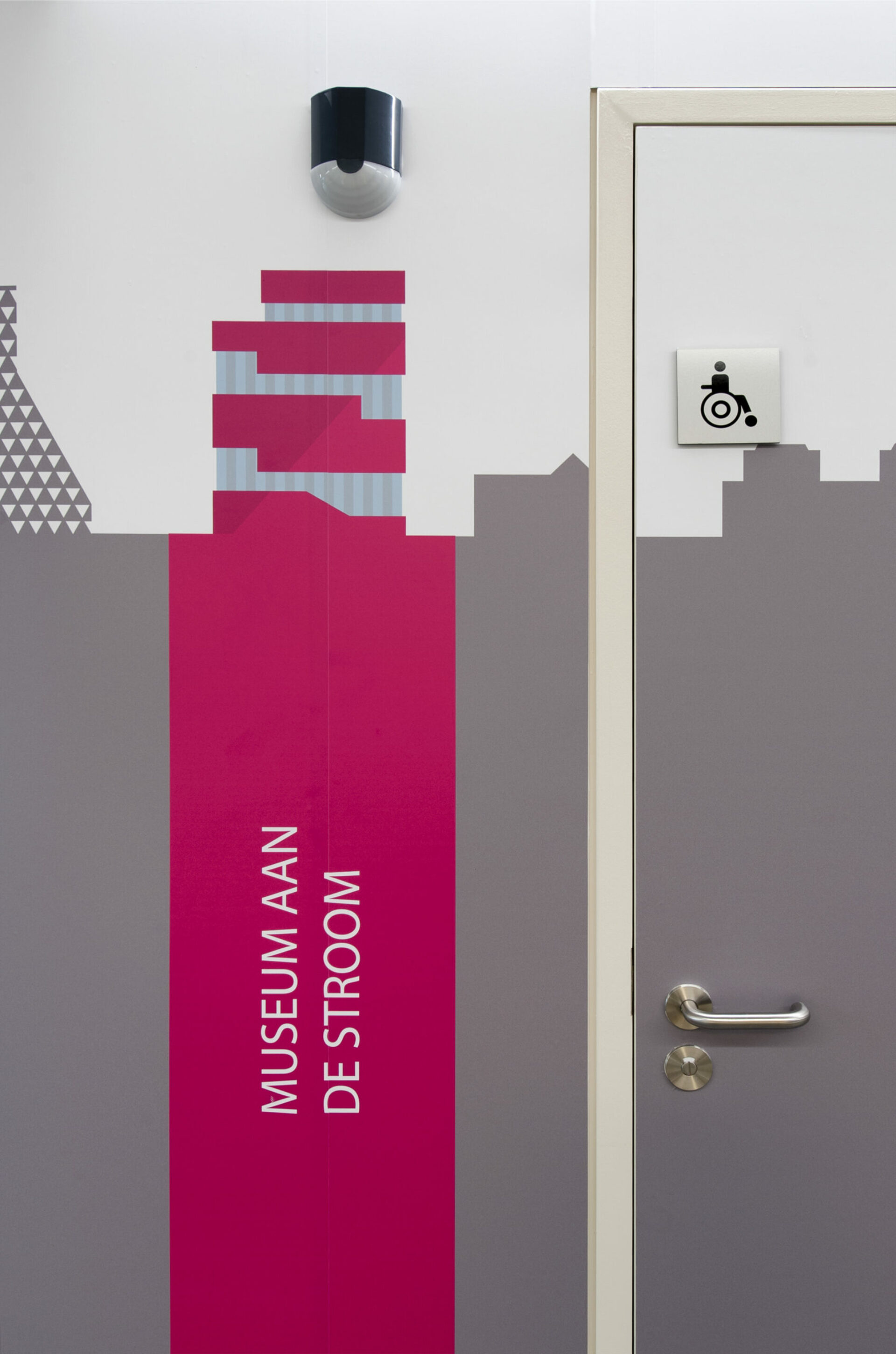renovation of department 6C of the surgical day hospital; the entire building & all its systems had to remain operational while the work was being done
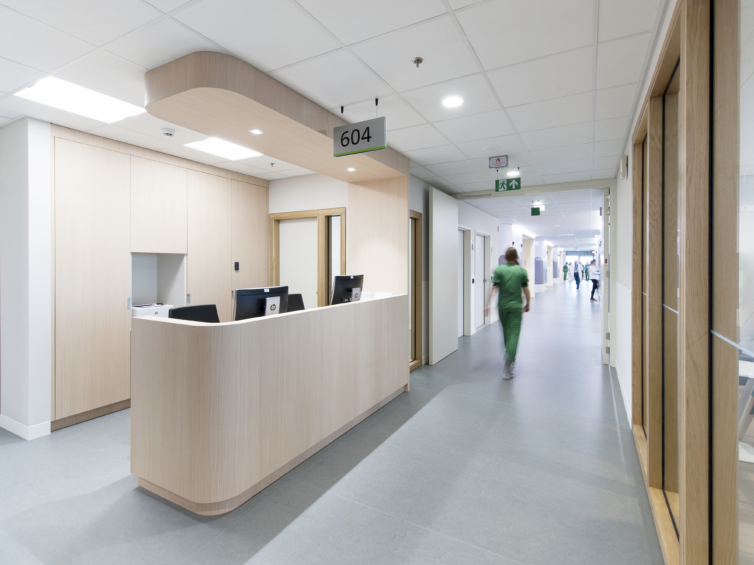
renovation of department 6C of the surgical day hospital; the entire building & all its systems had to remain operational while the work was being done

The day hospital’s design reflects the client’s wish to reorganise the old way of working and increase and improve the patient flow. Previously, every patient in the day hospital was allocated a bed in a single- or multi-person room. Each bed was occupied from the time of the patient’s admission until his or her discharge. This meant that turnover was very low, with the number of possible procedures per day being limited by the number of beds.
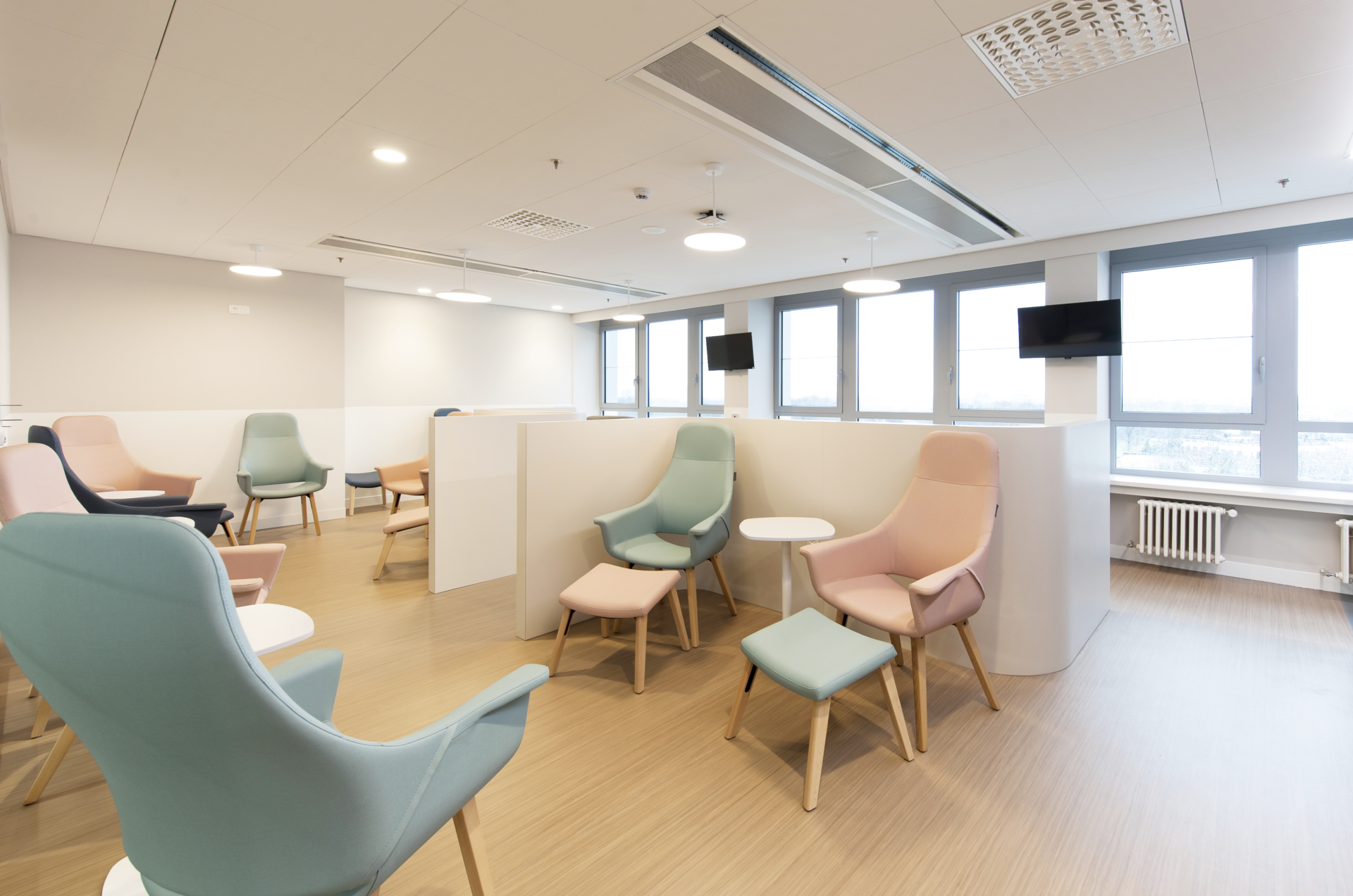
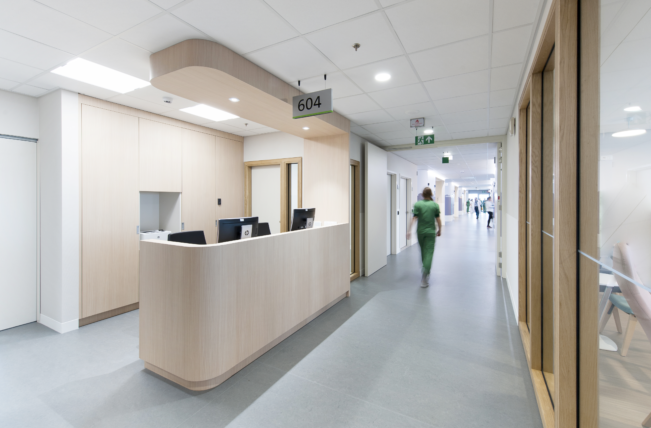
| program | renovation of department 6C of the surgical day hospital; the entire building & all its systems had to remain operational while the work was being done |
| client | Ziekenhuis Netwerk Antwerpen |
| address | Lindendreef 1 • 2020 Anvers |
| building type | heal |
| status | completed |
| expertises | architectureinterior architectureproject management |
| offices | antwerp |
| size | 770 m² |
| team | technical engineering: Botec |
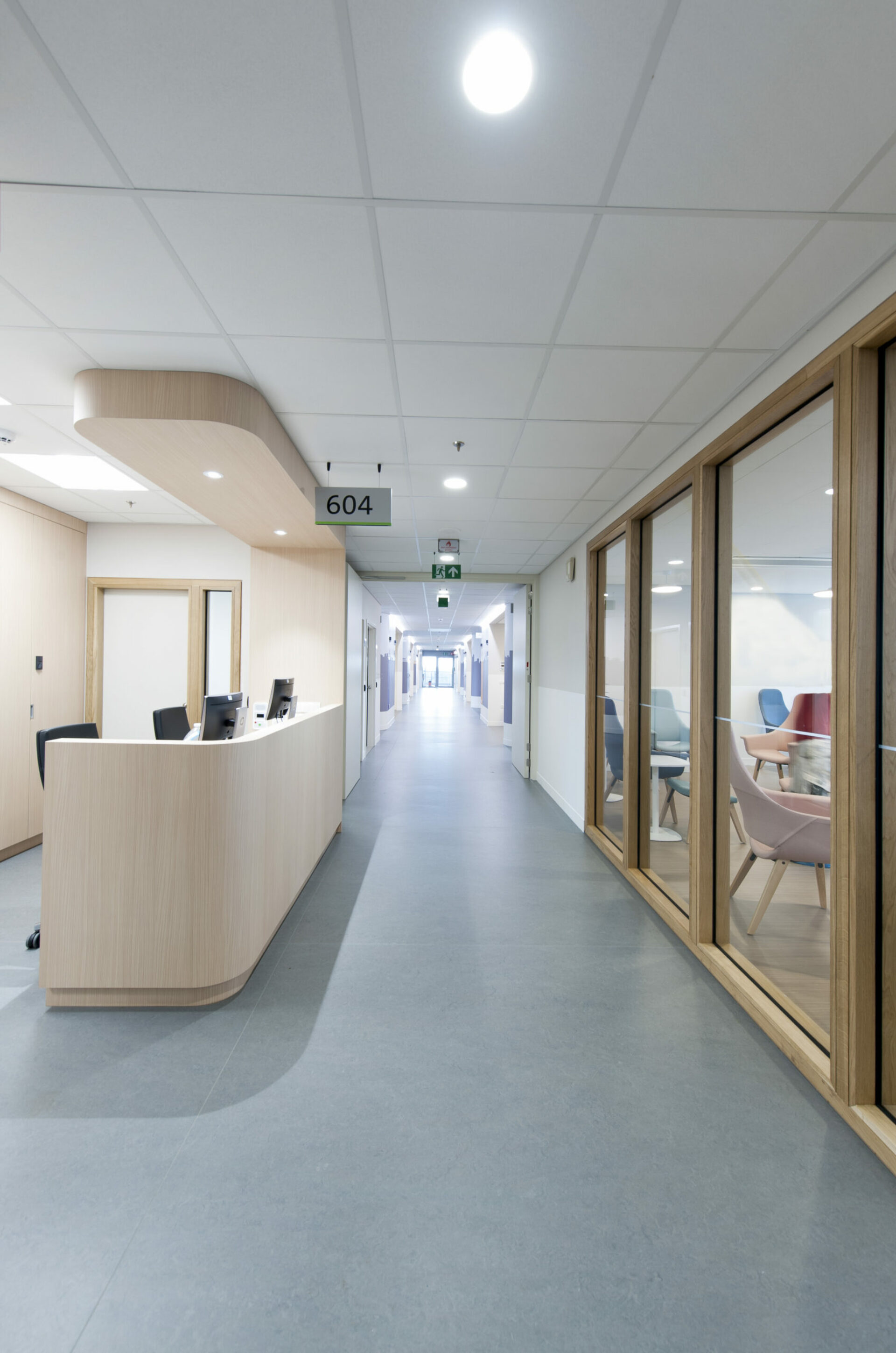
In the new set-up, patients come straight from the lifts into a large and pleasant lounge overlooking the city. They await their procedure (which takes approx. 2 hours) in the lounge, thus retaining their autonomy as “visitors” for as long as possible. The “medical” aspect of the lounge’s design has been deliberately minimised: conceptually and aesthetically it is similar to a hotel reception area. Although it is split into two parts (IN and OUT), the boundary between the two is flexible, as the capacity required for each part changes in the day’s activities.
A new type of information desk has been introduced in the IN lounge: the intention is that in order to register, the patient takes a seat not at a desk but at a piece of furniture where the nursing staff can view the medical file together with the patient. This helps lower the barrier between nurse and patient. Furthermore, ergonomic seats with associated coffee tables, a central seating element and a few tables with chairs have been chosen for the IN lounge. As a result, as a patient you feel as though you are in a hotel lounge rather than a hospital waiting room.
A buffer has been created between the IN and OUT lounges in which toilets and the coffee corner have been incorporated. A self-service coffee corner has deliberately been chosen to relieve the nursing staff of this task.
The OUT lounge features a combination of ergonomic seats and medical recliners. These face the windows and are located behind a cosy corner.
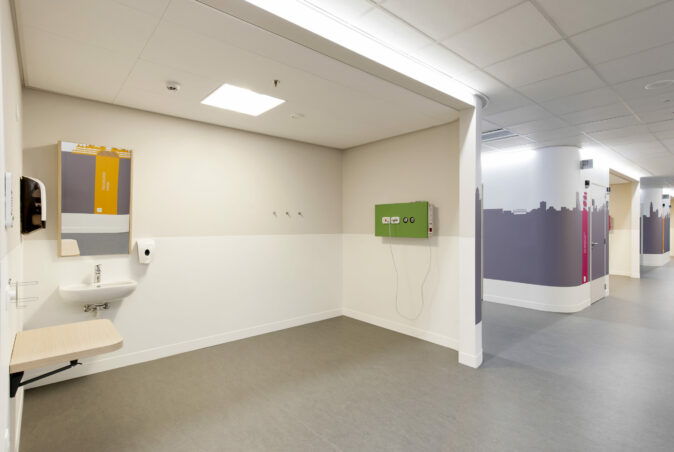
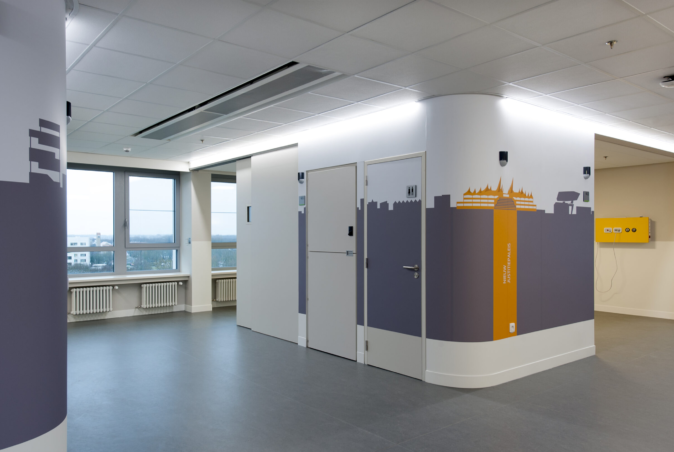
Depending on what preparatory procedures are needed (very few in the case of most patients), the patient is escorted at the right moment to a dressing and preparation area on the other side of the row of beds. The practical and medical facilities are in this area: changing rooms, the waiting bed area, the medication room and, in the centre of the wing, the nursing station. Time spent in the changing room (and possibly in the waiting bed area when pre-medication is administered) is kept to a minimum. The patient leaves from here to the operating theatre. After the procedure and discharge from recovery, the patient returns to the day hospital. Depending on the procedure and the patient’s condition, there are two options. Patients who have undergone minor procedures can go straight to the OUT lounge and wait in a chair to be discharged. Before taking a seat in the lounge, they can get changed in a changing room. Other patients who, because of their procedure and/or health condition, require additional rest and observation, are wheeled in their bed to a compartment in the area to the rear.
The bed area is located at the rear of the wing. A conventional layout with individual rooms was not possible due to lack of space. The bed area has therefore been designed as a single large space with separate compartments. Large alcoves have been created in these compartments for the beds. Most of these alcoves look directly out through the large strip windows. The alcoves in the central area also have a view out through diagonal sightlines. The compartments are staggered to make this possible. This layout has allowed a lot of light to enter the bed area and to create a sense of spaciousness. It also helps to keep the walking distances short.
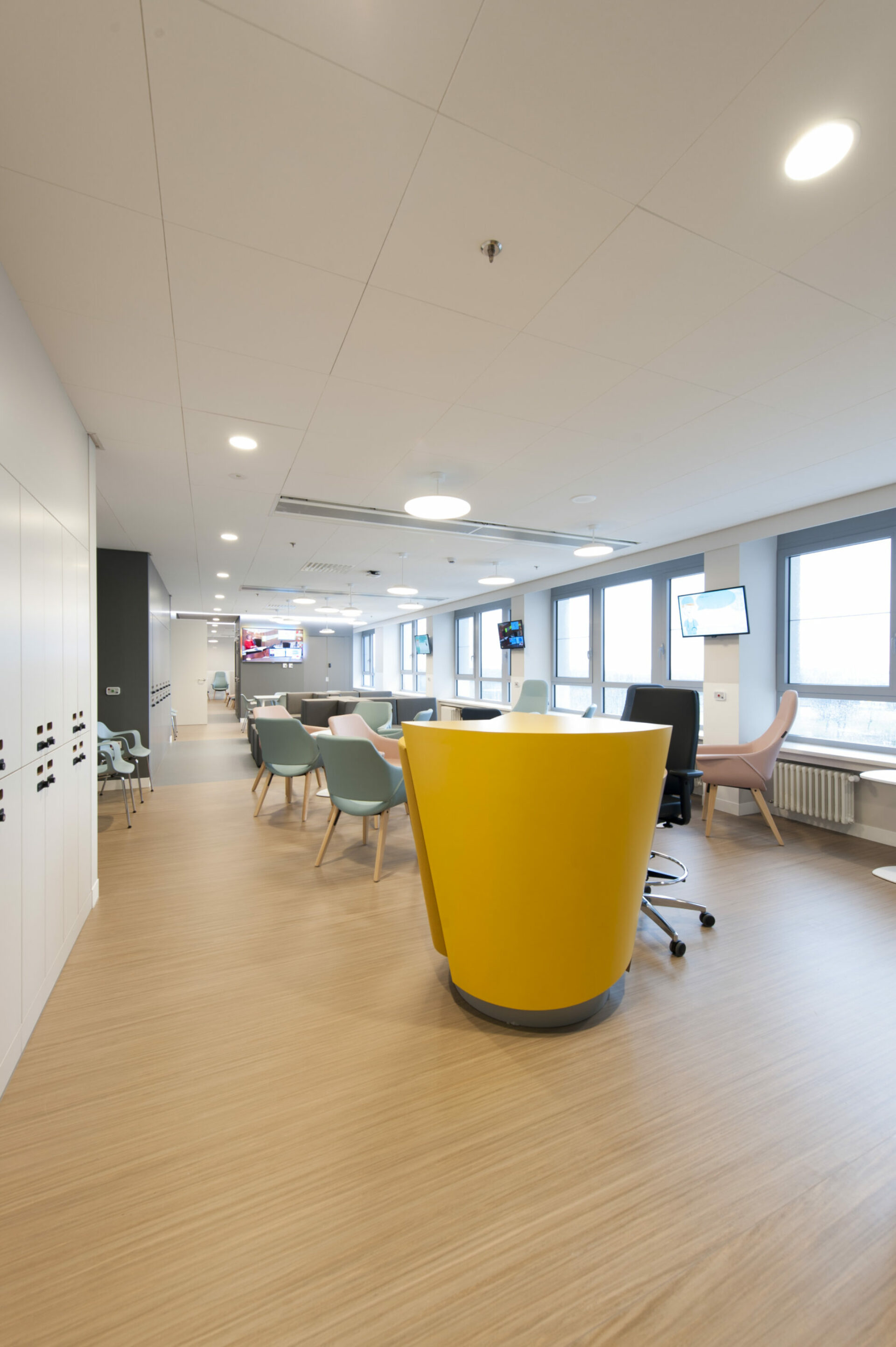
To make it easier for both patients and nurses to find their way around, the six compartments, each with three alcoves, have been given their own identity using the ZNA colours and subtle references to the Antwerp skyline. Toilet, storage, and utility areas are discreetly incorporated in these volumes.
The OUT lounge, the row of beds and the bed area are monitored by the centrally located nursing station. The layout of the nursing station, the use of glass walls and the design principle of the bed area ensure that there is good visibility from the nursing station.
